Natural History Museum

The Natural History Museum in London is one of the most beloved and iconic institutions in the UK, celebrated for its stunning architecture and vast collections dedicated to the natural world. Located in South Kensington, the museum opened in 1881, though its origins trace back to collections at the British Museum. Designed by Alfred Waterhouse, the building itself is a masterpiece of Victorian Romanesque architecture, featuring terracotta tiles decorated with intricate carvings of animals and plants. Inside, the museum houses over 80 million specimens covering botany, entomology, mineralogy, paleontology, and zoology. One of its most famous attractions is the enormous blue whale skeleton named “Hope,” which is suspended in the Hintze Hall and greets visitors upon entry. The dinosaur gallery is also a major highlight, featuring a dramatic collection of fossils and life-sized reconstructions, including a moving model of a roaring T. rex. The museum plays a vital role in scientific research and conservation, with many scientists working behind the scenes on groundbreaking projects. Admission to the museum is free, which allows millions of visitors each year to explore the wonders of the natural world. With its blend of educational value, interactive exhibits, and breathtaking architecture, the Natural History Museum remains a top destination for all ages.
London United KingdomThe Natural History Museum is located at Cromwell Road, London SW7 5BD, in the Royal Borough of Kensington and Chelsea, within the ceremonial county of Greater London. Situated in South Kensington, the museum is easily accessible via public transport, with the nearest Underground station being South Kensington, served by the District, Circle, and Piccadilly lines. From the station, a short walk along Exhibition Road leads directly to the museum's grand entrance. The museum is part of the cultural hub known as "Albertopolis," a term coined to describe the area developed with the profits from the Great Exhibition of 1851, under the guidance of Prince Albert. This area is renowned for its concentration of educational and cultural institutions. Adjacent to the Natural History Museum are the Science Museum and the Victoria and Albert Museum, both offering free admission and a wealth of exhibits ranging from scientific innovations to art and design. A short stroll away is the Royal Albert Hall, a world-famous concert venue, and Kensington Gardens, home to Kensington Palace and the Albert Memorial. The nearby Imperial College London adds to the area's academic atmosphere. Additionally, the museum's recent Urban Nature Project has transformed its five-acre gardens into an immersive experience, featuring a geological timeline and diverse plant life, enhancing the visitor experience and providing a tranquil space in the heart of the city.
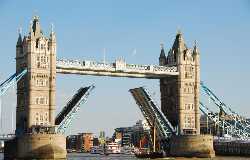 Tower Bridge
London
Tower Bridge
London
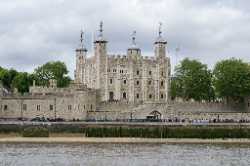 Tower of London
London
Tower of London
London
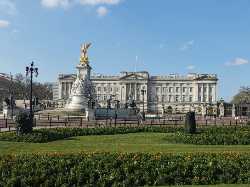 Buckingham Palace
London
Buckingham Palace
London
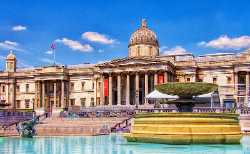 The National Gallery
London
The National Gallery
London
 Big Ben
London
Big Ben
London
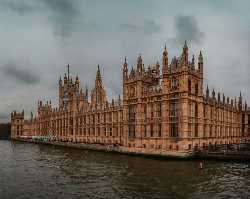 Palace of Westminster
London
Palace of Westminster
London
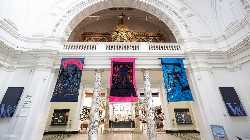 Victoria and Albert Museum
London
Victoria and Albert Museum
London
 The London Eye
London
The London Eye
London
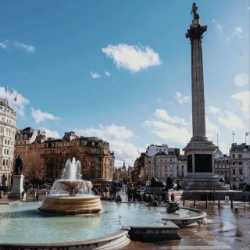 Trafalgar Square
London
Trafalgar Square
London
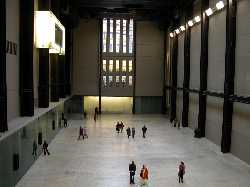 Tate Modern
London
Tate Modern
London
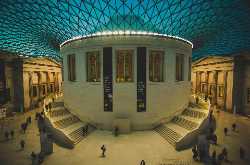 British Museum
London
British Museum
London
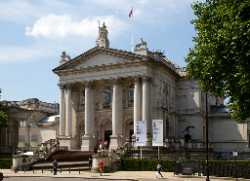 Tate Britain
London
Tate Britain
London
 Science Museum
London
Science Museum
London
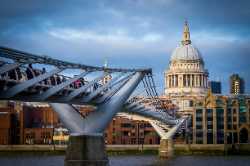 Millennium Bridge
London
Millennium Bridge
London
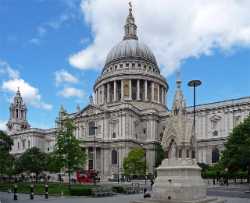 St. Paul’s Cathedral
London
St. Paul’s Cathedral
London
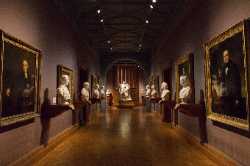 The National Portrait Gallery
London
The National Portrait Gallery
London
 Covent Garden
London
Covent Garden
London
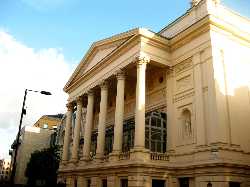 Royal Opera House
London
Royal Opera House
London
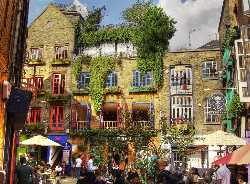 Neal's Yard
London
Neal's Yard
London
 Piccadilly Circus
London
Piccadilly Circus
London
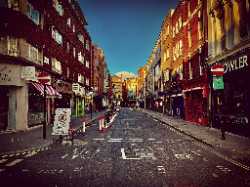 Soho
London
Soho
London
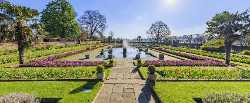 Hyde Park
London
Hyde Park
London
 Regent's Park
London
Regent's Park
London
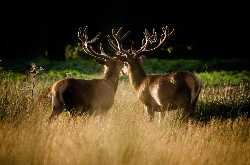 Richmond Park
London
Richmond Park
London
 Kew Gardens
London
Kew Gardens
London
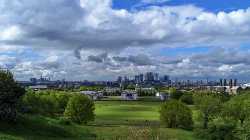 Greenwich Park
London
Greenwich Park
London
 Royal Obervatory Greenwich
London
Royal Obervatory Greenwich
London
 Leadenhall Market
London
Leadenhall Market
London
 Shakespeare’s Globe Theatre
London
Shakespeare’s Globe Theatre
London
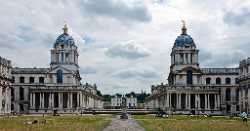 Old Royal Naval College
London
Old Royal Naval College
London
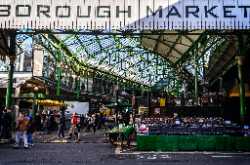 Borough Market
London
Borough Market
London
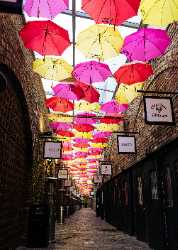 Camden Market
London
Camden Market
London
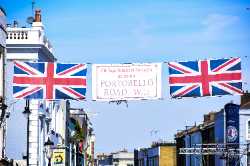 Portobello Road Market
London
Portobello Road Market
London
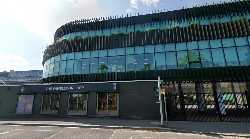 Wimbledon Lawn Tennis Museum
London
Wimbledon Lawn Tennis Museum
London
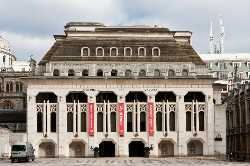 Guildhall Art Gallery
London
Guildhall Art Gallery
London
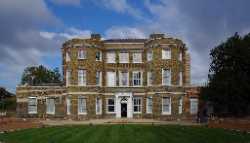 William Morris Gallery
London
William Morris Gallery
London
 Sky Garden
London
Sky Garden
London
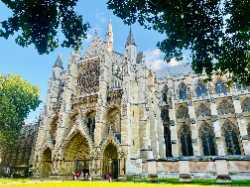 Westminster Abbey
London
Westminster Abbey
London
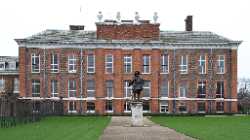 Kensington Palace
London
Kensington Palace
London
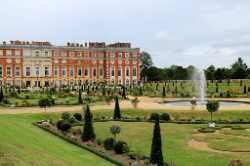 Hampton Court Palace
London
Hampton Court Palace
London
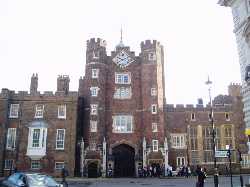 St. James's Palace
London
St. James's Palace
London
 Clarence House
London
Clarence House
London
 Imperial War Museum
London
Imperial War Museum
London
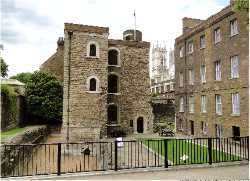 Jewel Tower
London
Jewel Tower
London
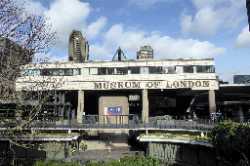 Museum of London
London
Museum of London
London
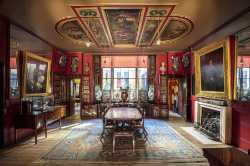 Sir John Soane's Museum
London
Sir John Soane's Museum
London
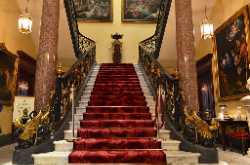 Wallace Collection
London
Wallace Collection
London
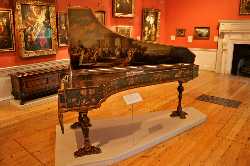 Courtauld Gallery
London
Courtauld Gallery
London
 National Maritime Museum
London
National Maritime Museum
London
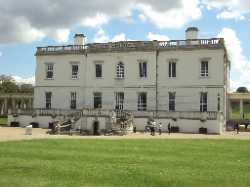 Queen's House
London
Queen's House
London
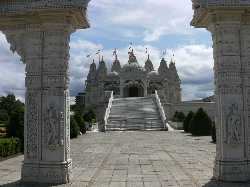 BAPS Shri Swaminarayan Mandir London
London
BAPS Shri Swaminarayan Mandir London
London
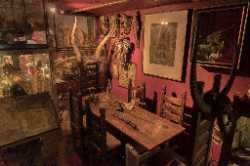 The Viktor Wynd Museum of Curiosities
London
The Viktor Wynd Museum of Curiosities
London
 Design Museum
London
Design Museum
London
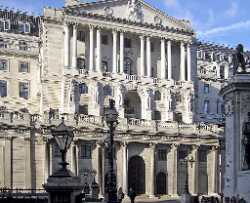 Bank of England Museum
London
Bank of England Museum
London
 Churchill War Rooms
London
Churchill War Rooms
London
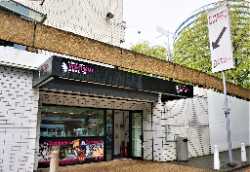 Florence Nightingale Museum
London
Florence Nightingale Museum
London
 Postal Museum
London
Postal Museum
London
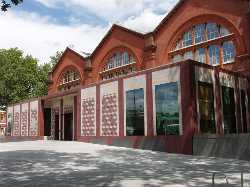 Museum of Childhood
London
Museum of Childhood
London
 Jewish Museum London
London
Jewish Museum London
London
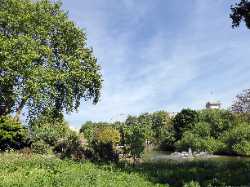 St James's Park
London
St James's Park
London
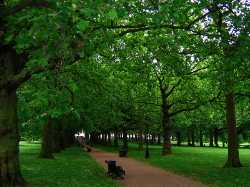 Green Park
London
Green Park
London
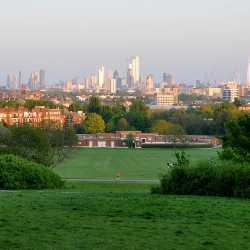 Hampstead Heath
London
Hampstead Heath
London
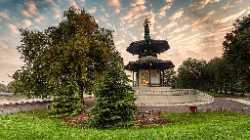 Battersea Park
London
Battersea Park
London
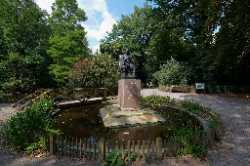 Holland Park
London
Holland Park
London
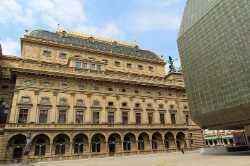 National Theatre
London
National Theatre
London
 Barbican Centre
London
Barbican Centre
London
 Charles Dickens Museum
London
Charles Dickens Museum
London
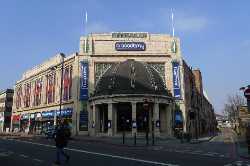 Brixton Academy
London
Brixton Academy
London
 Brick Lane Market
London
Brick Lane Market
London
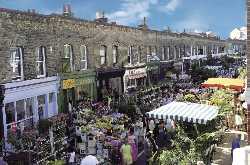 Columbia Road
London
Columbia Road
London
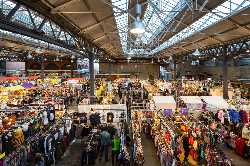 Spitalfields Market
London
Spitalfields Market
London
 Maltby Street Market
London
Maltby Street Market
London
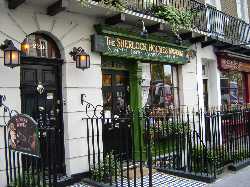 Sherlock Holmes Museum
London
Sherlock Holmes Museum
London
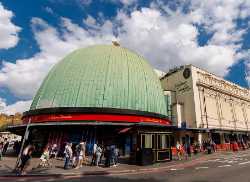 Madame Tussauds London
London
Madame Tussauds London
London
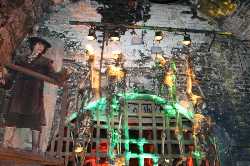 London Dungeon
London
London Dungeon
London
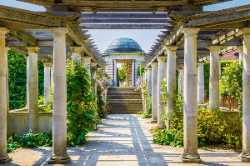 Hampstead Pergola
London
Hampstead Pergola
London
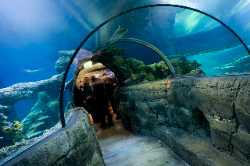 SEA LIFE
London
SEA LIFE
London
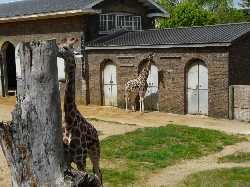 ZSL London Zoo
London
ZSL London Zoo
London
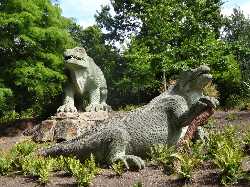 Crystal Palace Park
London
Crystal Palace Park
London
 Dennis Severs' House
London
Dennis Severs' House
London
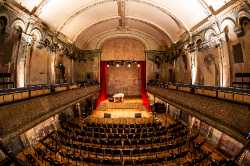 Wilton's Music Hall
London
Wilton's Music Hall
London
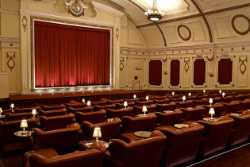 Electric Cinema
London
Electric Cinema
London
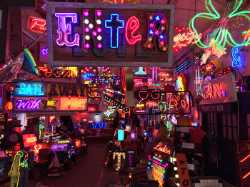 God's Own Junkyard
London
God's Own Junkyard
London
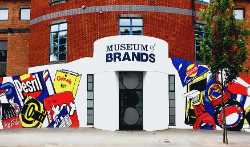 Museum of Brands
London
Museum of Brands
London
 Cartoon Museum
London
Cartoon Museum
London
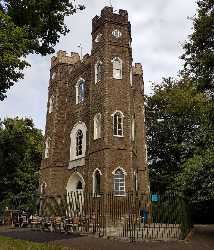 Severndroog Castle
London
Severndroog Castle
London
 Eltham Palace
London
Eltham Palace
London
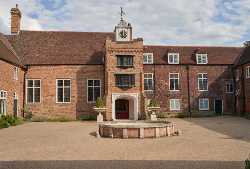 Fulham Palace
London
Fulham Palace
London
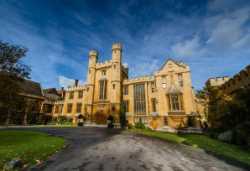 Lambeth Palace
London
Lambeth Palace
London
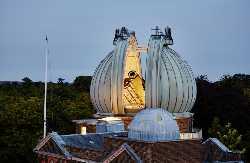 Royal Observatory Greenwich
London
Royal Observatory Greenwich
London
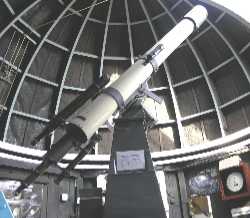 Hampstead Observatory
London
Hampstead Observatory
London
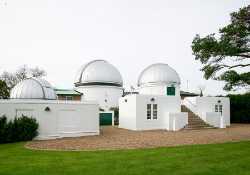 UCL Observatory
London
UCL Observatory
London
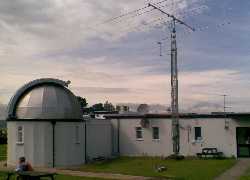 Norman Fisher Observatory
London
Norman Fisher Observatory
London
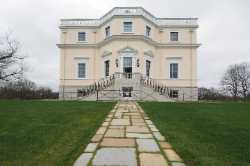 King’s Observatory
London
King’s Observatory
London
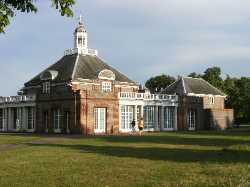 Serpentine Gallery
London
Serpentine Gallery
London
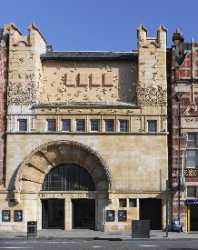 Whitechapel Gallery
London
Whitechapel Gallery
London
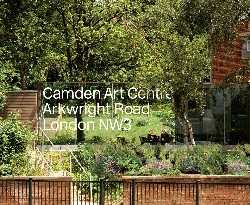 Camden Art Centre
London
Camden Art Centre
London
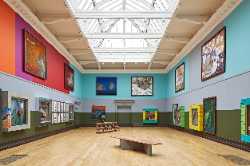 South London Gallery
London
South London Gallery
London
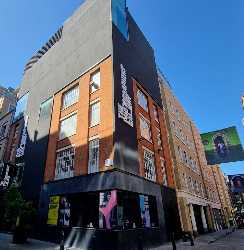 The Photographers’ Gallery
London
The Photographers’ Gallery
London
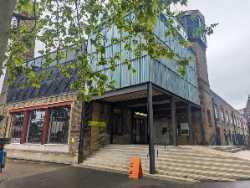 Goldsmiths Centre for Contemporary Art
London
Goldsmiths Centre for Contemporary Art
London
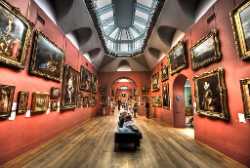 Dulwich Picture Gallery
London
Dulwich Picture Gallery
London
 Institute of Contemporary Arts
London
Institute of Contemporary Arts
London
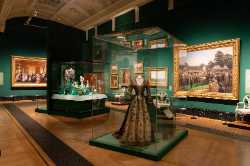 King’s Gallery
London
King’s Gallery
London
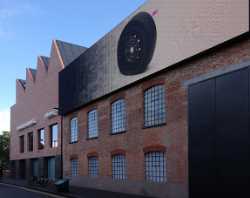 Newport Street Gallery
London
Newport Street Gallery
London